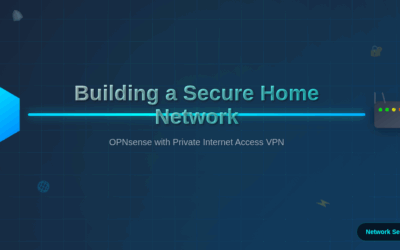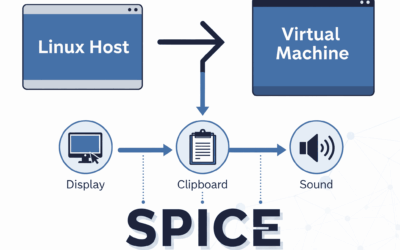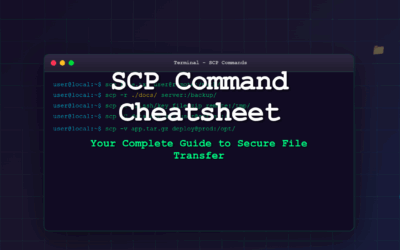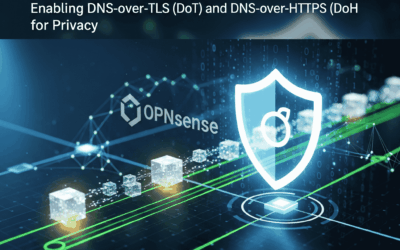Sandbox99 Chronicles
From My Sandbox to Yours — Practical IT Insights.
About this site
Welcome to Sandbox99.cc – a space where I share my IT journey, lessons learned, and practical insights. The tagline “Learning IT by Doing, Sharing What I Know” captures the essence of this blog. Every article here is based on my real-world experiences, reflecting what I’ve encountered, solved, and applied in my day-to-day IT work.
Why Sandbox99.cc?
This blog is my digital sandbox – a place to experiment, document, and share the knowledge I’ve gained from hands-on work, training, and personal projects. Unlike traditional resources that might focus on theory, I prefer to write about practical scenarios, offering genuine insights and lessons that others might find useful.
Expand your IT perspective — Follow me on LinkedIn and share your views!
Recent Blog Post
Building a Secure Home Network: OPNsense with Private Internet Access VPN
Introduction In today's digital landscape, network security and privacy have become paramount concerns for both home users and businesses. While individual VPN clients protect single devices, configuring a VPN at the router level provides comprehensive protection for...
Supercharge Your Linux VMs: Enabling Seamless Desktop with SPICE on KVM/QEMU
Introduction So, you're a seasoned Linux admin diving deeper into the world of virtualization with libvirt, KVM, and QEMU? Excellent choice! This powerful combination lets you run virtual machines (VMs) with near-native performance. But beyond just booting up a guest...
SCP Command Cheatsheet: Your Complete Guide to Secure File Transfer
Introduction SCP (Secure Copy Protocol) is a network protocol that allows you to securely transfer files and directories between hosts over an encrypted SSH connection. Built on top of SSH, SCP provides authentication and encryption, making it the preferred method for...
LLM Basics: How Large Language Models Work and Why They Matter
🌟 Introduction Artificial Intelligence has rapidly shifted from being a research-heavy concept to becoming an essential tool for IT professionals, security researchers, and enterprises alike. At the heart of this shift are Large Language Models (LLMs) — advanced...
Breaking Down AI: From Prompts to Responses
📝 Introduction Artificial Intelligence can feel overwhelming with all the technical jargon—LLM, MCP, AI Agents, prompts, and more. But when broken down into simple terms, these concepts are much easier to understand. At its core, an LLM (Large Language Model) acts...
OPNsense: Enabling DNS-over-TLS (DoT) and DNS-over-HTTPS (DoH) for Privacy
🔒 Securing Your Home Network: Encrypted DNS with OPNsense In today's digital world, privacy and security are more important than ever. While we often think about encrypting web traffic with HTTPS, one of the most fundamental parts of the internet—the Domain Name...






